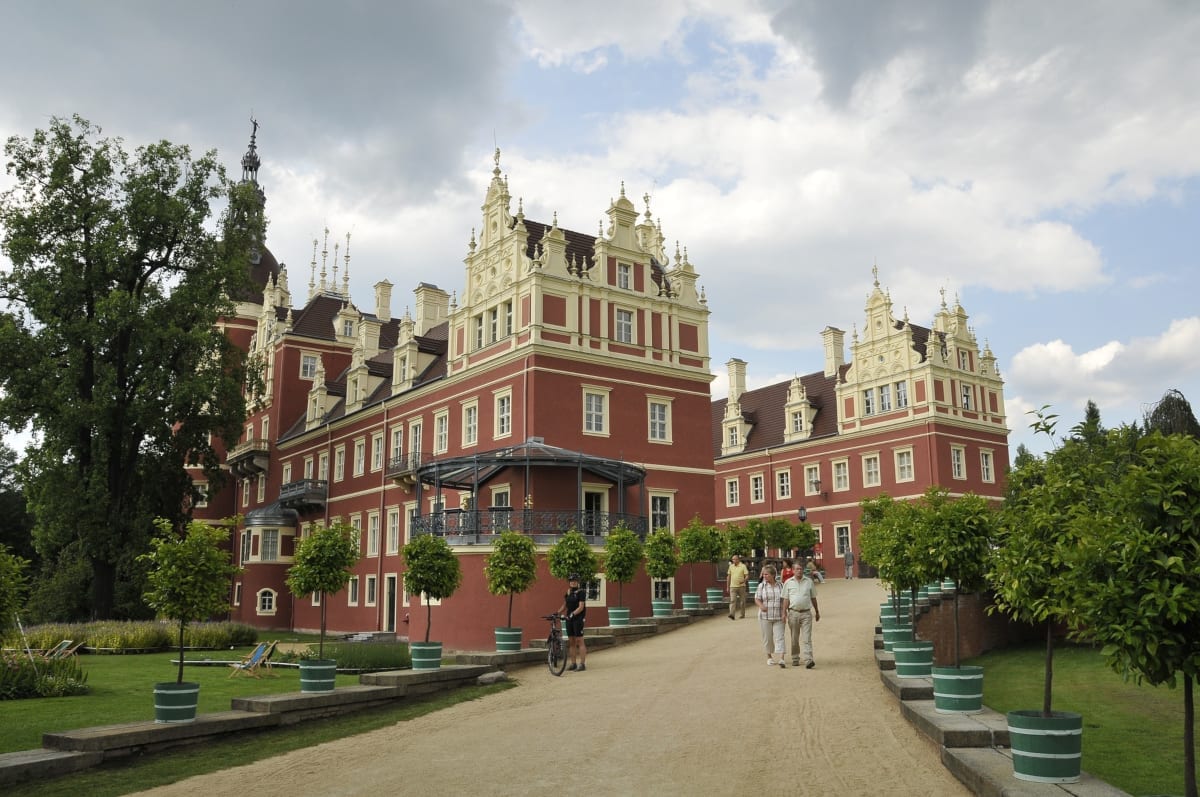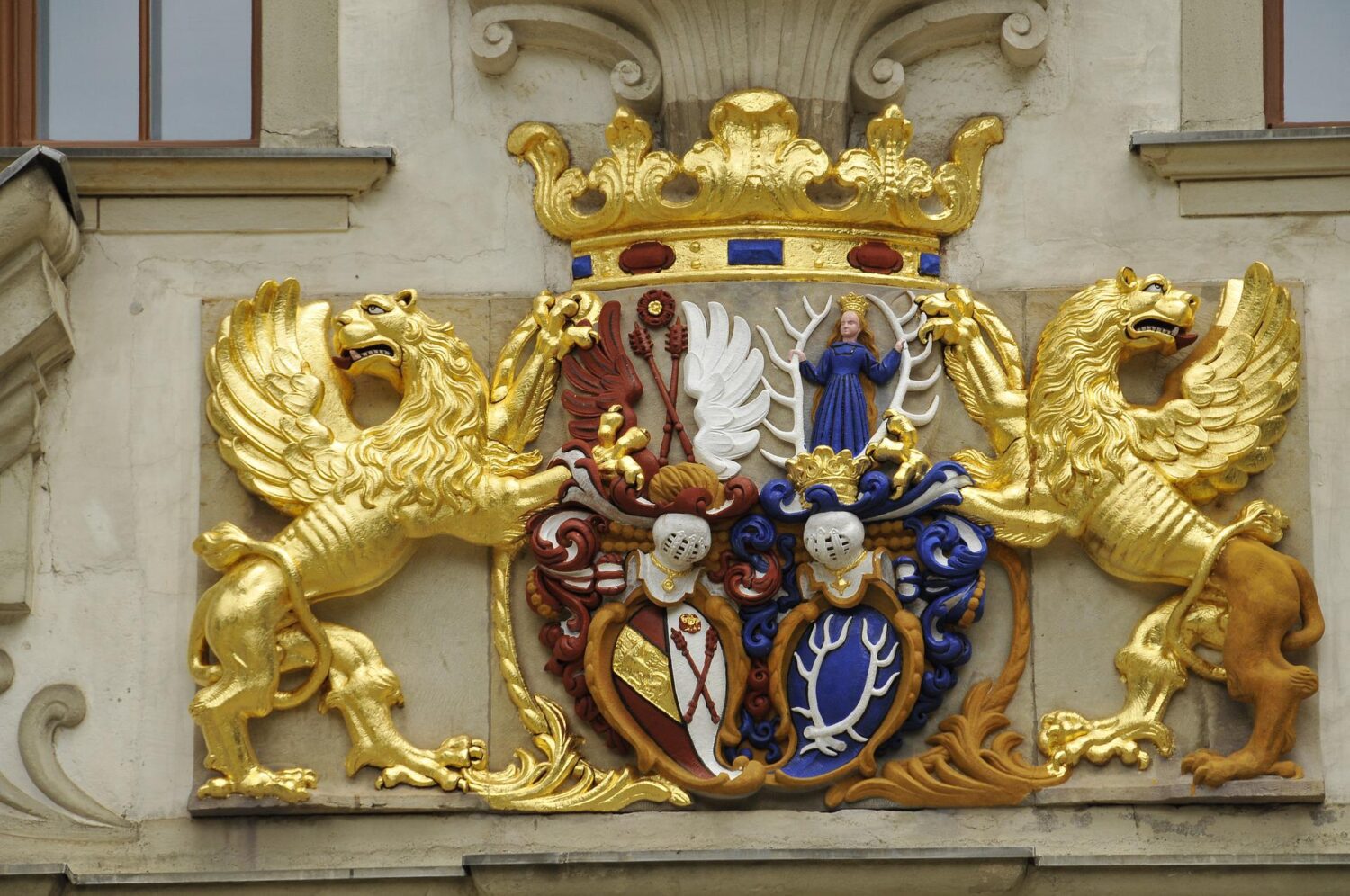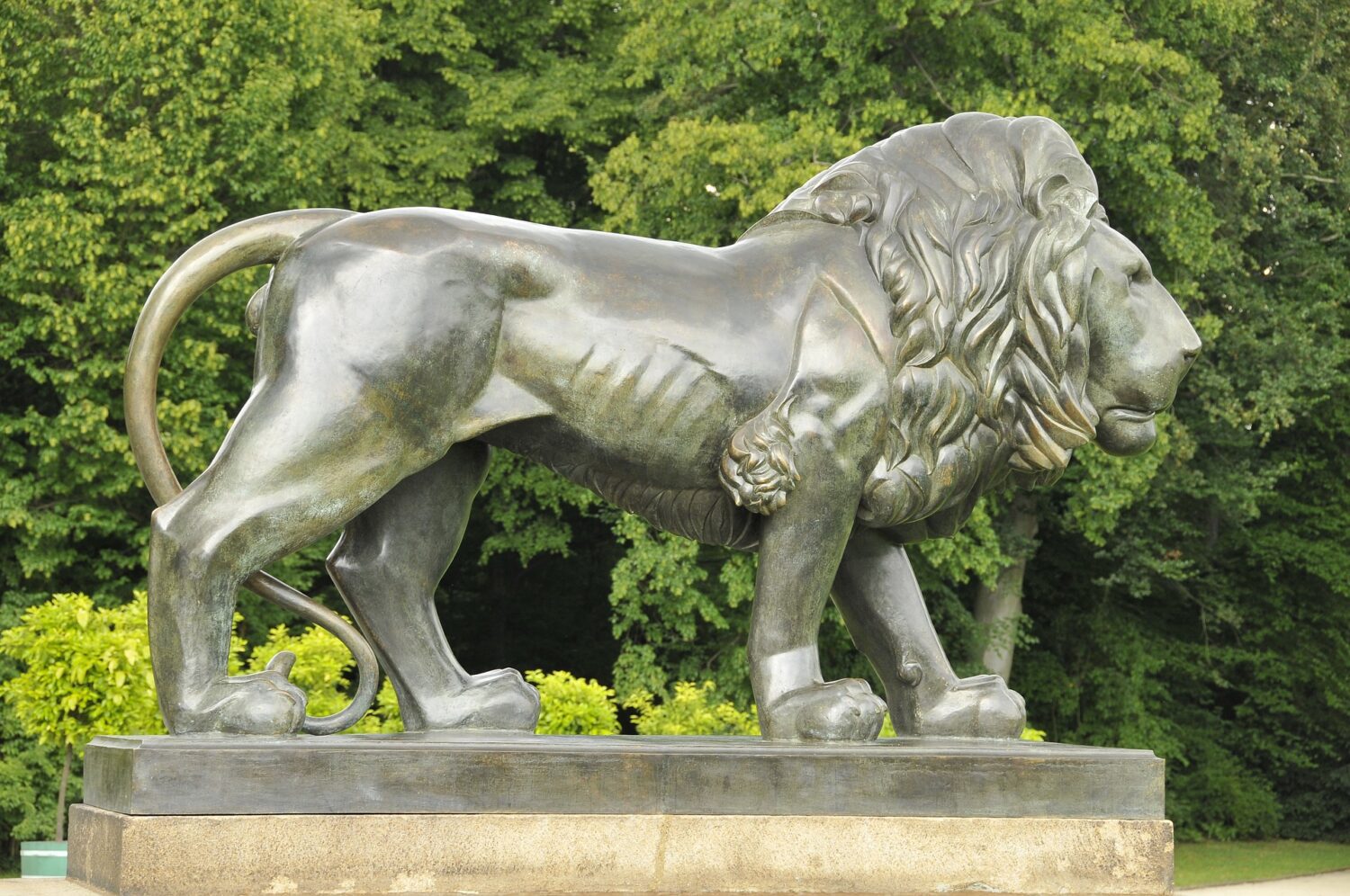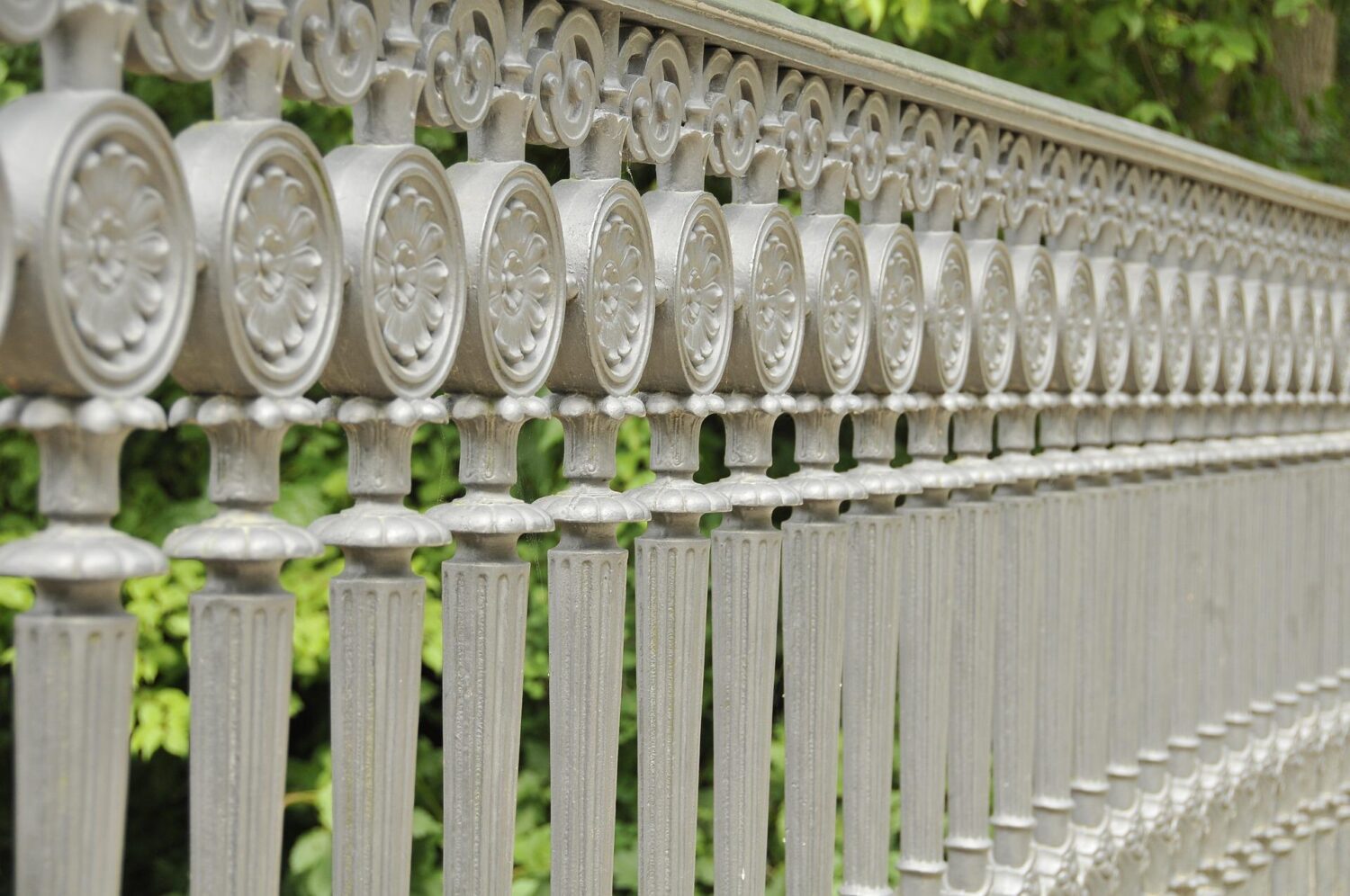
Muskauer
Muskauer Park – updated 10 January 2023.
Muskauer Park (also known as “Muzakowski Park Narodowy" in Polish) is a large park that straddles the border between Germany and Poland. It is located in the Lower Lusatia region of Germany, and the Lubuskie province of Poland. The park was designed in the mid-19th century by the German landscape architect, Peter Joseph Lenné, and was later expanded and refined by his student, Hermann von Pückler-Muskau.
The park is the largest and one of the most famous English gardens in Central Europe, stretching along both sides of the German and Polish border. It was added to the list of UNESCO World Heritage Sites on 2nd July 2004. The park also stands as one of Poland’s official Historic Monuments, as designated 1st May 2004, and tracked by the National Heritage Board of Poland.

Schloss Muskau
The park is known for its picturesque landscapes, which include rolling hills, lakes, and rivers. It also features a wide variety of plant life, including both native and exotic species. There are several historic buildings located within the park, including the Muskau Castle, which is a restored 18th-century palace that now serves as a hotel and restaurant.
The largest proportion of the park is located in Poland (3.5 sq km) with the remaining 2.1 sq km within Germany.

Park on Terraces
The castle (Schloss) is situated on the German side of the park, the heart of the park called the. ‘Park on Terraces’ is located within Poland. In 2003 a pedestrian bridge spanning the Neisse was rebuilt to connect both parts.
Muskauer was designed to blend seamlessly with the surrounding farmed landscape, and it pioneered new approaches to landscape design and contributed to the advancement of landscape architecture as a discipline.
Unlike many landscaped parks in Europe, the objective of the park design was to use local plants to enhance the qualities of the existing landscape and to integrate the local town as part of the development using green passages that formed urban parks. It is an example of a cultural landscape in which the site’s natural attributes have been harnessed with the utmost skill and includes a reconstructed castle, bridges, an arboretum, the river Neisse, water features, buildings, forested areas and paths.

Prince Hermann von Pückler-Muskau
Prince Hermann von Pückler-Muskau was the definition of a cad who famously married an older and very rich woman to raise funds for the development of the park, only to formally divorce her a few years later to look for another fortune to finance the garden’s maintenance. In the mid-1840s, the prince sold the park to Prince Frederik of the Netherlands to avoid bankruptcy.
The park receives thousands of visitors every year, and is popular among tourists, hikers, and nature enthusiasts. It’s a great place to relax and enjoy nature, as well as learn about the history and culture of the region.
FAQ
Here are some frequently asked questions about Muskauer Park:
Q: What is the history of the park?
A: The park was created in the 19th century by Prince Hermann von Pückler-Muskau, a German nobleman and landscape architect, who transformed a hunting ground into a romantic landscape park with a variety of architectural and landscape features. The park was designed to be an idealized representation of nature, with winding paths, scenic lakes, and diverse flora and fauna. The Park is considered one of the most important English-style parks in Europe. After WWII the park was divided between Poland and Germany, but recently both countries agreed on cross-border cooperation and the park is being restored to it’s former glory.
Q: What kind of features can be seen in Muskauer Park?
A: The park features a variety of architectural and landscape features, including winding paths, scenic lakes, picturesque bridges, and diverse flora and fauna. Visitors can also see historic buildings such as the Chinese teahouse, a Gothic Revival castle, a large hunting lodge and the main palace of Prince Hermann von Pückler-Muskau which was re-built as an art center. The park is also home to a variety of different plant species, including deciduous and coniferous trees, as well as a rich variety of birds and other wildlife.
Q: Is the park a UNESCO World Heritage Site?
A: Yes, the park is a UNESCO World Heritage Site, added to the list in 2004, as part of the “Muskauer Park / Park Mużakowski"
Q: What can be seen there?
A: Visitors to the park can see the picturesque landscapes, historic buildings, and natural beauty of the park, as well as learn about its history and cultural heritage. There are many trails for walking, cycling and horse-riding, the park is also a popular spot for bird-watching, fishing and other nature activities. Visitors can also take guided tours or attend some of the cultural events that are regularly held in the park.
Q: How to get there?
A: Muskauer is located in the border of Poland and Germany, in the region of Lower Silesia. The nearest major city is Görlitz in Germany, but it can also be reached by car or public transport from other cities like Wrocław, Legnica or Zgorzelec.
Q: What is the best time to visit Muskauer?
A: The best time to visit the park would depend on your personal preferences. The park is open year-round and it can be enjoyed in any season, but the most pleasant time to visit would be in the warmer months when the weather is more favorable, and the nature is in full bloom. The park is also great to visit in autumn when the leaves change color. The park also hosts some seasonal events, such as concerts and guided tours, which could add to the experience of visiting at a specific time.